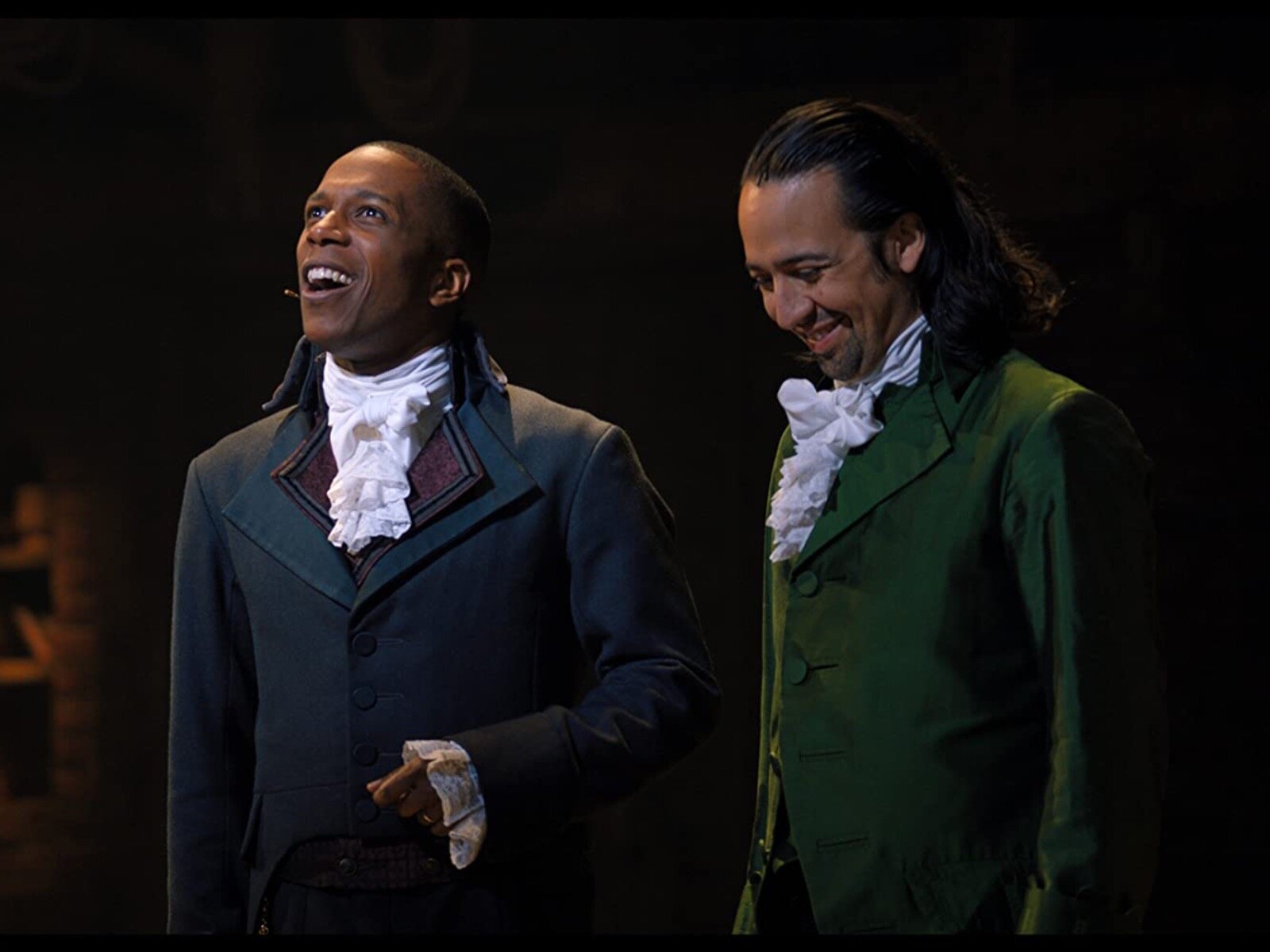"The Quiet Ones," one of the few new releases from the revived classic Hammer horror movie brand – the last one being Daniel Radcliffe’s gothic period chiller "The Woman in Black" – will one day serve as a capsule in time, a snapshot of what was popular in the genre.
Found footage is still a big deal, so we’ve got that, regardless of any necessity. Meanwhile, "The Conjuring" made piles of money last summer with its sepia tone period-dressed conflicted paranormal investigators, so throw that in the pot too. The only things missing are a Blumhouse Productions credit and a family haunted by some pesky specter whose motivations will require about five more movies to reveal.
Yes, "The Quiet Ones" will be very handy for any young horror scholar decades from now trying to write a paper about the genre’s post-torture porn pop cultural moment. It won’t be particularly fun research, however, seeing that, as an actual horror movie with the mission to scare or at the very least startle, the film is pretty much useless, a tepid, derivative spookfest whose only trick up its sleeve is making things go bump in the night – or, to be more accurate, BOOOOM! in the night.
Loosely based on the Philip Experiment – a 1972 Canadian scientific attempt to prove ghosts were figments of the mind by creating an actual ghost – the story follows a trio of young Oxford researchers as they attempt to cure troubled Jane Harper (Olivia Cooke) of her mental ailments and supernatural fixations. The hope is that if a person mentally creates their own supernatural beings, a person can also push them away as well.
When Oxford finds out about some of their questionable techniques – namely keeping their subject up at all hours with blaring rock music – and pulls their funding, their leader Professor Coupland (Jared Harris, formerly of "Mad Men") moves them out into a dilapidated house in the country.
It shouldn’t come as a particular shock that, as the experiment rages on, weird, unnerving things start happening. Jane summons her otherworldly friend, Evey, but as the ghost causes more and more loud chaos during their tests – and more and more harm to Jane – the team starts to wonder if Evey is really a figment of Jane’s imagination or something more malicious.
Their worries – especially from Brian (Sam Claflin of "Catching Fire"), the team’s kindly camera operator who grows close to Jane – linger to Coupland, whose increasingly intense methods suggest that he might be losing his mind as well.
In the pre-release hype for the movie, distributor Lionsgate tweeted that the production used between 12 and 20 different processes in order to give segments of the movie the look of old, grainy 16mm film. Cute fun fact, though as one astute follower quickly noted, if they really wanted to create the look of 16mm film, they could’ve, you know, actually used 16mm film.
It’s just a little factoid, but it’s one that nicely captures the laziness and lack of commitment that plagues "The Quiet Ones."
Director John Pogue (the writer of the "Rollerball" remake and "The Skulls" trilogy … wait, trilogy?!) wavers between shooting "The Quiet Ones" traditionally to take advantage of its fairly handsome production design and shooting found footage because, hey, that’s what the kids are into these days. He ends up decisively picking … neither. Instead, he constantly flips back and forth between styles, making the film feel unfocused and distracted.
Pogue never really works the found footage into the story, drifting in and out of the style whenever he likes. Sometimes he pulls out the found footage out for a big set piece moment – which the lo-res footage and shaky movements undercut – while other times, it’s merely for an establishing shot. The results feel like two different movies, one lazily trying to hop on a bandwagon that’s already left town.
The story – assembled by four writers including Pogue and Oren Moverman, who wrote and directed the very good soldier drama "The Messenger" before slumming it here – shares the same lack of commitment. The premise is messy and convoluted, tossing around half-glimpsed psychological ideas it has no intention of doing anything with. As it chugs along trying to put the pieces together – and making new pieces altogether – it only gets more confusingly overwrought and ridiculous.
The important phrase there is "chugs along." Despite only a 98-minute running time, the plot drags for seemingly hours through scare-less sequences (the low point: a scene involving regurgitated ectoplasm that makes no sense, is more silly than scary and, of course, is never mentioned again) and meandering conversations between uniformly boring characters. After showing some on-screen charisma in "Catching Fire," Claflin returns to showing why he was the most forgettable part of the most forgettable "Pirates of the Caribbean" movie, and his other two lab partners, played by Rory Fleck-Byrne and Erin Richards, struggle with nothing characters just around to raise the eventual body count.
Only Cooke and Harris really make an impact. Even so, Cooke is basically playing a less interesting version of the classic tortured Linda Blair role, and Harris is more amusing than anything, chewing on all of his British cad’s leering scientific rumblings.
The only thing Pogue really commits to throughout "The Quiet Ones" is making a whole lot of noise. Other than a mildly eerie trip up into the attic, almost every scare is a cheap jump caused by something going BOOM. Every knock or falling lamp sounds like it’s setting off a landmine right next to the boom operator, accompanied by a thunderous chorus of characters yelling and sound effects roaring. Even just small details and sound effects in broad daylight explode through the speakers. Never before has a movie been so inaccurately named.
Not a single slightly eerie moment can go un-screamed at, probably to make up for the fact that what’s on screen isn’t all that scary. By midway through, the repetitive blaring jolts become predictable and tiring. By the climax, which is pretty much one big fiery yell, I realized "The Quiet Ones" wasn’t really based on the Philip Experiment. Its true inspiration was Brick Tamland from "Anchorman" shouting, "LOUD NOISES!"
As much as it is a gigantic cliché to say that one has always had a passion for film, Matt Mueller has always had a passion for film. Whether it was bringing in the latest movie reviews for his first grade show-and-tell or writing film reviews for the St. Norbert College Times as a high school student, Matt is way too obsessed with movies for his own good.
When he's not writing about the latest blockbuster or talking much too glowingly about "Piranha 3D," Matt can probably be found watching literally any sport (minus cricket) or working at - get this - a local movie theater. Or watching a movie. Yeah, he's probably watching a movie.







